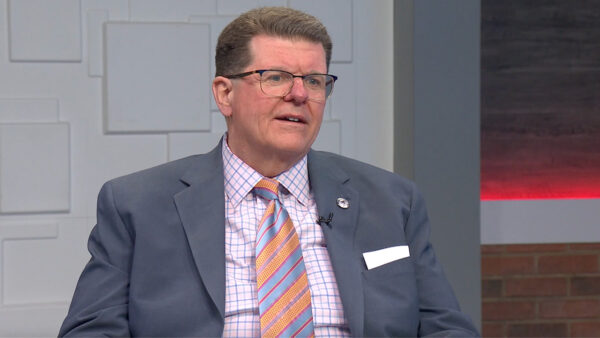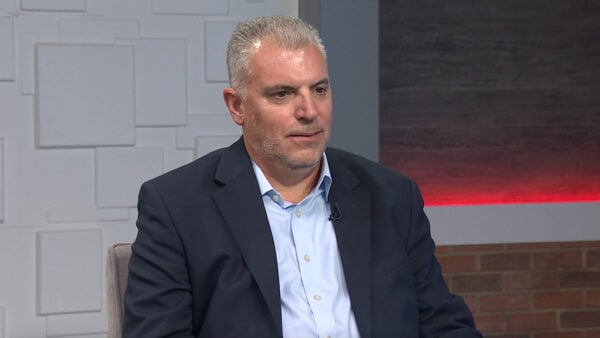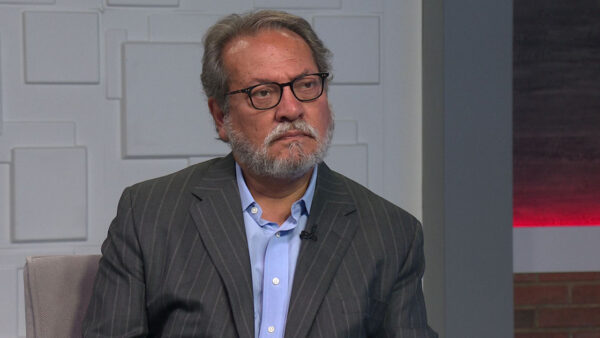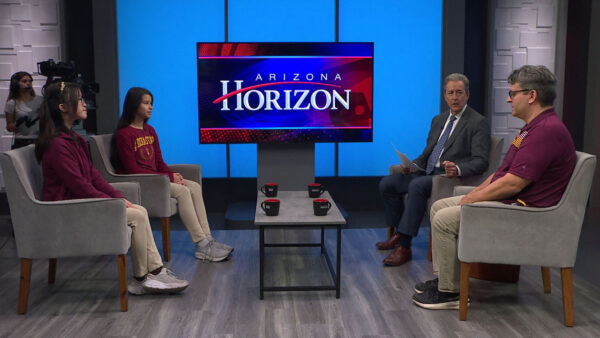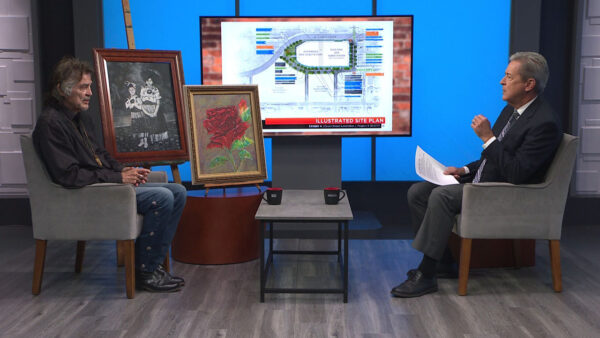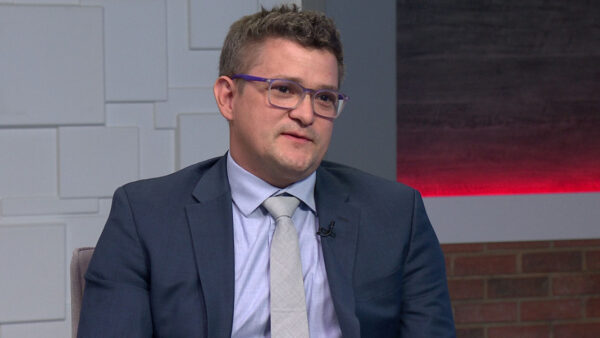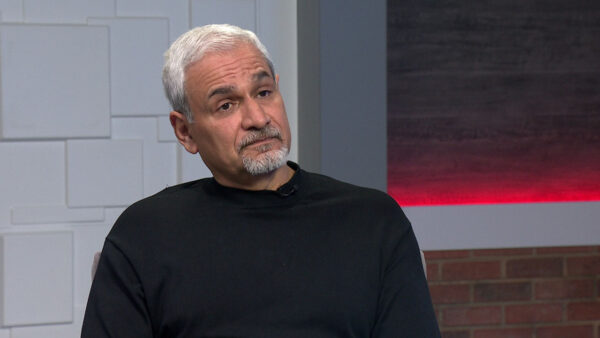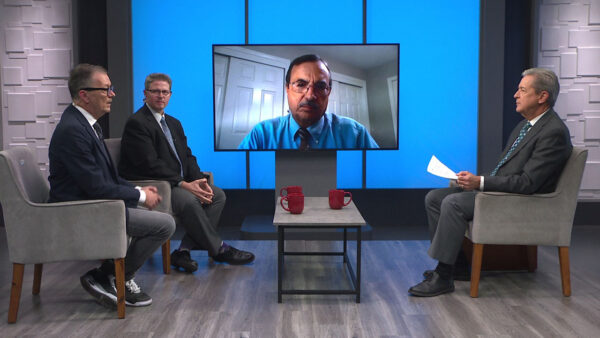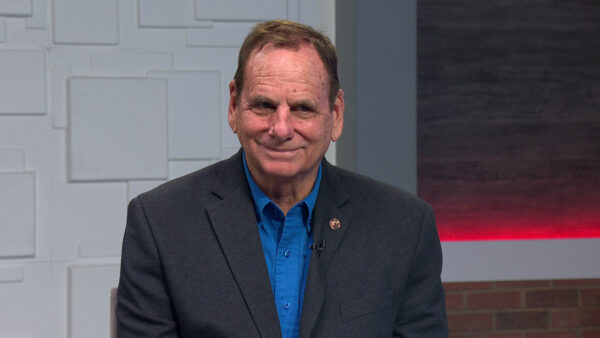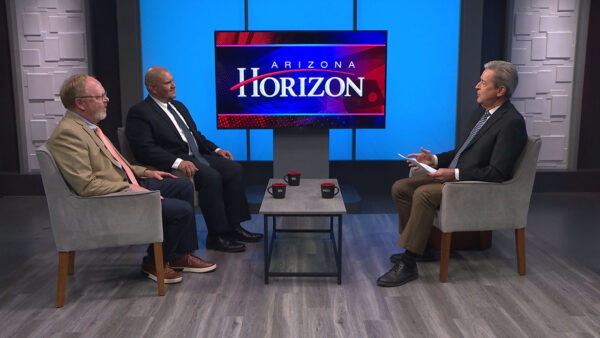Southwest Autism Research & Resource Center celebrates 25 years
July 12, 2022
Southwest Autism Research & Resource Center is celebrating 25 years of helping people with autism and their families. SARRC was founded by Denise Resnik, whose son was diagnosed with autism. At the time, there was very little was known about this kind of diagnosis.
Resnik built SARRC into a world-class facility that provides education and information about autism. Help ranges from peer groups to counseling to job training. Arizona Horizon welcomed Denise Resnik, SARRC co-founder of First Place AZ, and Daniel Openden, president of SARRC.
A Look into SARRC
According to SARRC’s website, here is some more information about who they are and their mission.
Established in 1997, Southwest Autism Research & Resource Center (SARRC) is an internationally recognized nonprofit. It conducts innovative research, provides evidence-based practices, and disseminates effective training. Furthermore, it builds inclusive communities for individuals with autism and their families.
SARRC is dedicated to autism research, education, evidence-based treatment, and community outreach. Additionally, SARRC is one of the only autism organizations in the world that provides a lifetime of services for individuals and their families. Furthermore, it also conducts cutting-edge research.
The center is also an entrepreneurial nonprofit. Therefore, less than three percent of annual revenue coming from state and federal funding. The 18,000-square-foot Campus for Exceptional Children and 10,000-square-foot Colonel Harland D. Sanders Center for Autism Studies are state-of-the-art clinical centers. They serve as models for similar research and resource facilities.
What is Autism?
A quarter of a century ago, there were still many questions surrounding autism. There was little known about the diagnosis back in 1997. But technology has continued to improve over time. Hence, researchers have been able to define what it means.
SARRC defined it this way: “Autism spectrum disorder (ASD) is a pervasive developmental disorder that encompasses autistic disorder, asperger’s disorder and pervasive developmental disorder-not otherwise specified (PDD-NOS). Formerly, each disorder had distinct criteria. Now only one set of criteria exists with all three under a single diagnosis: ASD. ASD is characterized by social impairments, communication difficulties, and restricted, repetitive, and stereotyped patterns of behavior.”
Indicators of Autism:
With the help of SARRC, here are some early and later indicators of autism that you can look for in children. To be clear, you should always consult a medical professional to get a proper diagnosis. Additionally, you can checkout SARRC’s Diagnostic Service Program
Early Indicators:
- No babbling or pointing by age 1
- No single words by 16 months or two-word phrases by age 2
- No response to name
- Loss of language or social skills
- Poor eye contact
- Excessive lining up of toys or objects
- No smiling or social responsiveness
- Difficulty with engaging
- Does not seem to enjoy or seek interaction with others
Later Indicators:
- Impaired ability to make friends with peers
- Impaired ability to initiate or sustain a conversation with others
- Absence or impairment of imaginative and social play
- Stereotyped, repetitive, or unusual use of language
- Restricted patterns of interest that are abnormal in intensity or focus
- Preoccupation with certain objects or subjects
- Inflexible adherence to specific routines or rituals
What might cause autism?
Scientific research continues to look into what the cause of autism might be. Despite extensive research, science has still yet to come up with an explanation of what might be the main cause. Here’s what SARRC believes what might be the leading cause.
The onset of autism in a child likely occurs long before developmental delays or behaviors emerge, quite possibly before a child is born. For many children, signs of ASD exist from birth and their development is never typical. A smaller percentage of children seem to develop typically. Then, usually between ages 1 and 2, they regress (or appear to lose skills). Children who experience this regression present the most puzzling evidence for a vaccine-autism link. Researchers have investigated the link in these children specifically but still no evidence for a link between autism and vaccines was found.
How Can You Help?
Donations can be made online to help with the continued research of autism and to help continue SARRC’s mission. Just click here.
If you want to know more about autism click here or if you have any questions, check out SAARC’s FAQ.










